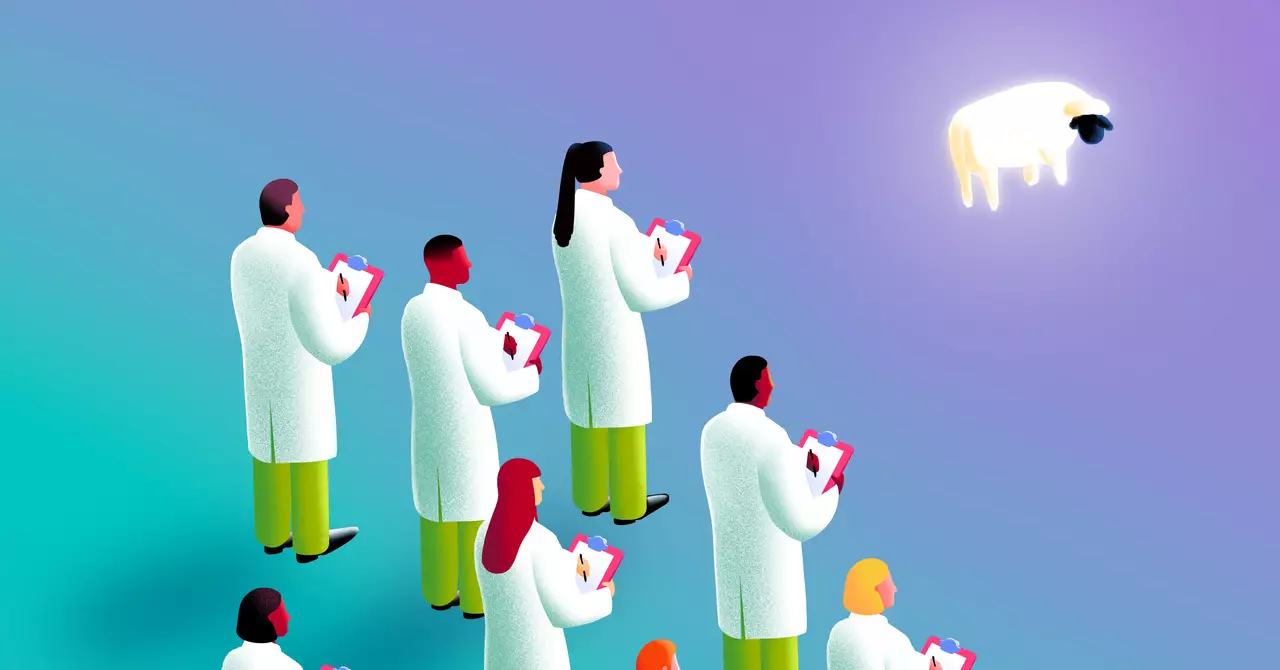For centuries, the enigma of animal communication has intrigued humans. The quest to understand what animals say to one another has been a longstanding curiosity that intertwines with our desire to understand our place in the natural world. The year 2025 is poised to mark a significant evolution in this field, fueled by advancements in artificial intelligence (AI) and machine learning. With initiatives like the Coller-Dolittle Prize, which offers substantial financial rewards to scientists who can “crack the code” of animal communication, there’s a newfound optimism surrounding the potential breakthroughs in understanding the linguistic-like structures animals may use.
Technological Innovations in Animal Communication Research
Recent technological innovations are paving the way for researchers to decode the sounds made by various animal species. One notable project is Project Ceti, which focuses on the communication patterns of whales. The use of machine learning algorithms to analyze the complex series of clicks and songs of sperm whales and humpbacks exemplifies how technology can assist in interpreting animal sounds. For effective application of these machine learning tools, however, researchers require vast and high-quality datasets — something that has historically been elusive.
AI models like ChatGPT, which have been trained on an enormous corpus of human language, illustrate the disparity in data availability. Whereas these models are supported by hundreds of gigabytes of human text, the data collected for animal communication is significantly less. For instance, Project Ceti’s analysis of sperm whales has presented around 8,000 recordings, a stark contrast to the data pool available for human language processing.
As we move toward 2025, advancements in automated recording technology are revolutionizing data collection in wildlife research. Low-cost devices, such as AudioMoth, are becoming increasingly accessible, allowing researchers to gather hours upon hours of animal sounds effortlessly. This facilitation of data collection enables studies to take place continuously in diverse environments, gathering a wealth of information from species such as gibbons in tropical forests or various birds in their natural habitats.
Recent developments in AI systems using convolutional neural networks allow for efficient processing of these extensive datasets. As a result, researchers can analyze thousands of hours of recordings to identify and classify animal sounds based on their unique acoustic characteristics. This capability not only accelerates research but also opens the door to employing deeper analytical methods, such as investigating hidden structures within animal vocalizations that may mimic aspects of human language.
The Ethical Implications of Deciphering Animal Communication
While the technological advancements present exciting opportunities, they prompt critical questions about our motivations and ethical responsibilities. Some groups, like Interspecies.io, have set ambitious goals of translating animal communications into coherent language understandable by humans. However, this notion raises philosophical questions regarding the essence of “language” itself. Most scientists agree that, while animals exhibit complex communicative behaviors, they may not have a structured language comparable to human speech.
Moreover, the eagerly pursued aim of deciphering animal communication can become problematic when overly simplified approaches take precedence, dismissing the nuances of animal interactions. The Coller-Dolittle Prize takes a more tempered stance by encouraging a deeper investigation into the intentions behind these communications, viewing deciphering as a more suitable goal than direct translation.
As we delve deeper into this unprecedented exploration of animal sounds and communications, we must confront the complexity of what we hope to achieve. Presently, the extent to which animals convey information to each other remains largely unknown. The understanding of distress calls, mating calls, or other social interactions is still shrouded in mystery.
By 2025, emerging datasets and sophisticated AI will enhance our understanding of these vocalizations. However, the path toward comprehension is fraught with challenges. We must anchor our explorations in the recognition that animal communication may reflect a rich tapestry of interactions not easily reducible to simplistic human narratives.
As 2025 approaches, the synergy of AI technologies and expansive datasets holds promise for elevating our understanding of animal communication. With projects like Project Ceti leading the way, humanity stands on the brink of potentially transformative discoveries in deciphering nature’s dialogues. While grappling with ethical considerations and striving for authenticity in understanding animal worlds, we embark on this profound journey not just to answer our questions, but to deepen our empathy and connection with the vibrant life that surrounds us.


Leave a Reply